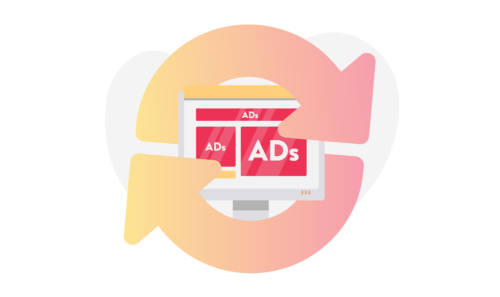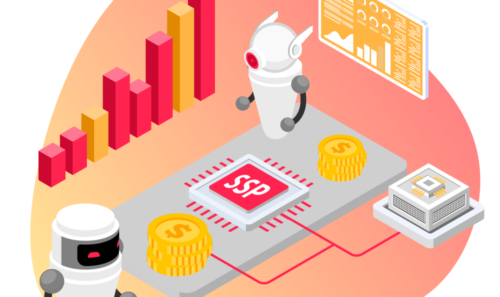Publishers Can No Longer Use the “House” Line Item to Implement Additional Demand Sources with SSPs or AdSense
On 1 May 2020 Google introduced a number of changes relating to line items; the most important of which is that the ‘House” line item can only be used for running auto promotion campaigns; “House: these line items may only be used for representing demand where you, the Ad Manager account holder, own the product or service being advertised.”
Connecting any additional demand sources with SSPs or AdSense via House will be considered an ‘invalid activity’. This change clearly is moving Google towards more inclusivity over the monetization process; and giving less flexibility to Publishers. The ‘House’ line item was a convenient way of avoiding Unified Pricing Rules, with its consequences for additional demand sources like AdSense.
What does all this mean?

This basically means that line items need to be used in accordance with their design purpose. There is no way around these rules. And Publishers can face consequences from Google if they try.
What to do next with additional demand sources?
Going along with Google’s imperative is the only way to proceed, particularly given that Google is the biggest monetization platform. From now on, the ‘House’ line item has to be used in keeping with its initial design: which is the serving of auto promotion ads. These are ads that can redirect traffic to a different article, homepage or any landing page. There are a lot of benefits to this approach, such as having users remain on the website longer, which means that they will engage more.
Plug in additional demand sources
When it comes to plugging in more demand sources, Publishers will need to use other line item types, like Price Priority, Network or Bulk (non-guaranteed demand). This can be done in two ways:
– Rate zero can be set. UPRs will have no effect here. It will work just like the ‘House’ line item used to work. These demand sources will not compete on price in a unified auction. This setting, according to our conversation with the Google support team, is not a violation of the rules: “…In this scenario, the passback tags work fine; and it won’t be treated as an invalid or policy violation”
– Rates other than zero can be set. But unfortunately the UPR will then cut off the monetization set below the floor price. Therefore the pricing strategy needs to be unified, meaning UPR cannot be higher than the rate.
Additional demand sources can also be applied in many other ways: Header Bidding or Open Bidding – read our article about this topic here. There are also a number of demand platforms that need not to be implemented via ad servers. They usually are implemented in the head section of the website and have some extra technological advantages over Google solutions.
How to implement AdSense if the “House” will not work?

Implementing AdSense as an additional demand source is more complicated as there are plenty of options available. In fact, since Google is recommending against requesting an ad from the same demand source twice, implementing AdSense as a backfill is not a very clean way of proceeding. The best ways for implementing AdSense are as follows:
– In a dynamic allocation with ADX where platform receives 50% of the traffic. This solution might prove most profitable.
– Implementing AdSense instead of ADX on certain ad units. The best ad units would be those with high CTRs.
Imposing AdSense via GAM has both downsides as well as upsides. AdSense can offer additional ad formats when implemented on its own, but via GAM, these formats will not be possible to utilize. The upside of such an implementation via GAM is that it could be better controlled thanks to the Unified Pricing Rules.
Way forward
In general, every setup requires testing. Furthermore, what works for one Publisher might not work for the other due to differences in inventory quality, the geographical location of users, or the pricing strategy that a Publisher is pursuing. Besides, there is no shortage of possibilities, but every implementation should be tested for profitability. And this is what we at Yieldbird always endeavour to achieve. We search for the optimal solution for a given Publisher’s situation. A/B testing is the best version, as it allows for the comparison of data in real time. However, it might not be possible to run such tests; and so, comparing data year to year or month to month is the only solution.
Given all the changes that are happening within Google’s monetization environment, Publishers need to be vigilant and flexible. Moreover, what worked before might not be the best solution today. Constant monitoring and testing will allow Publishers to remain one step ahead of these changes.







